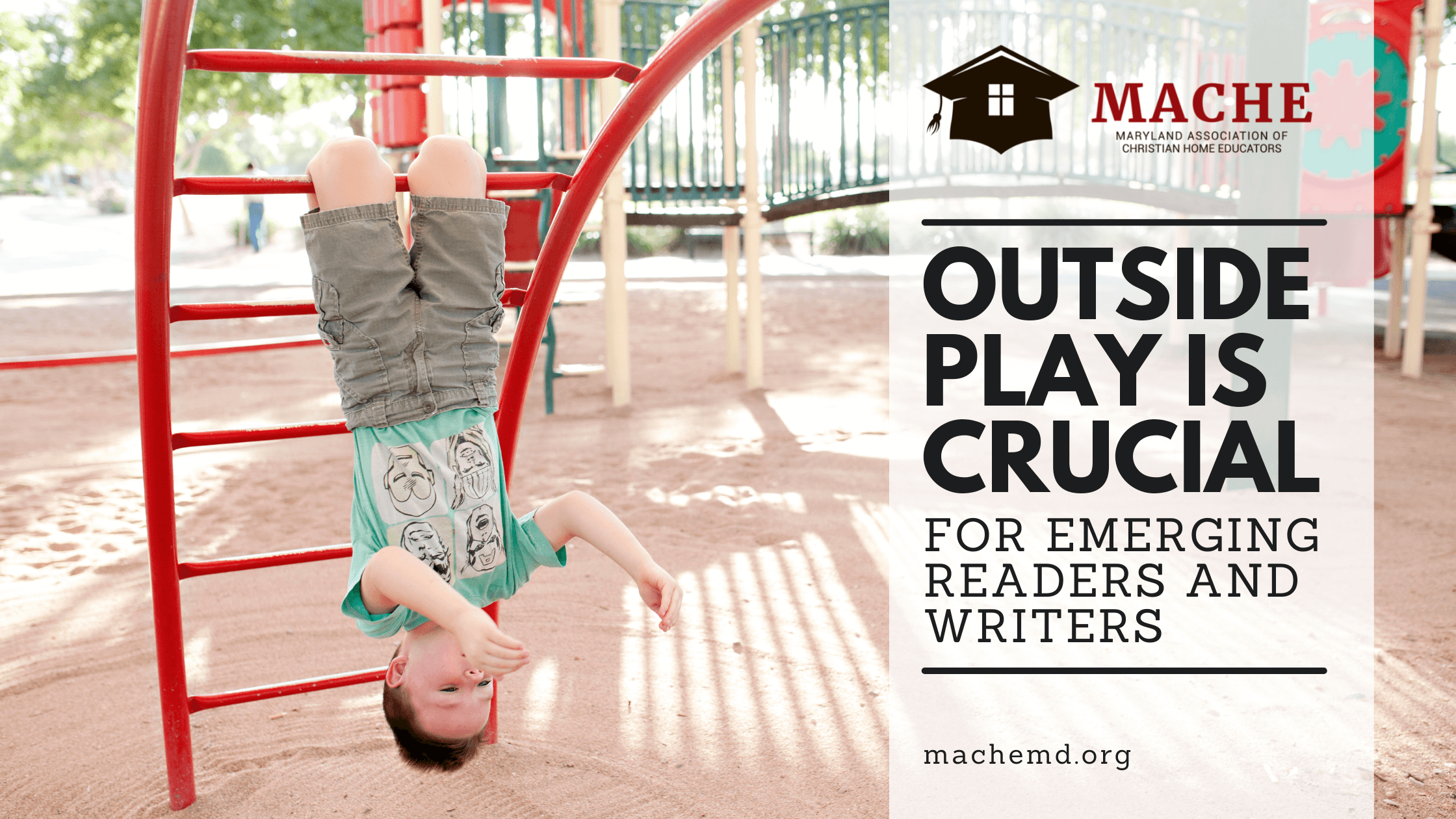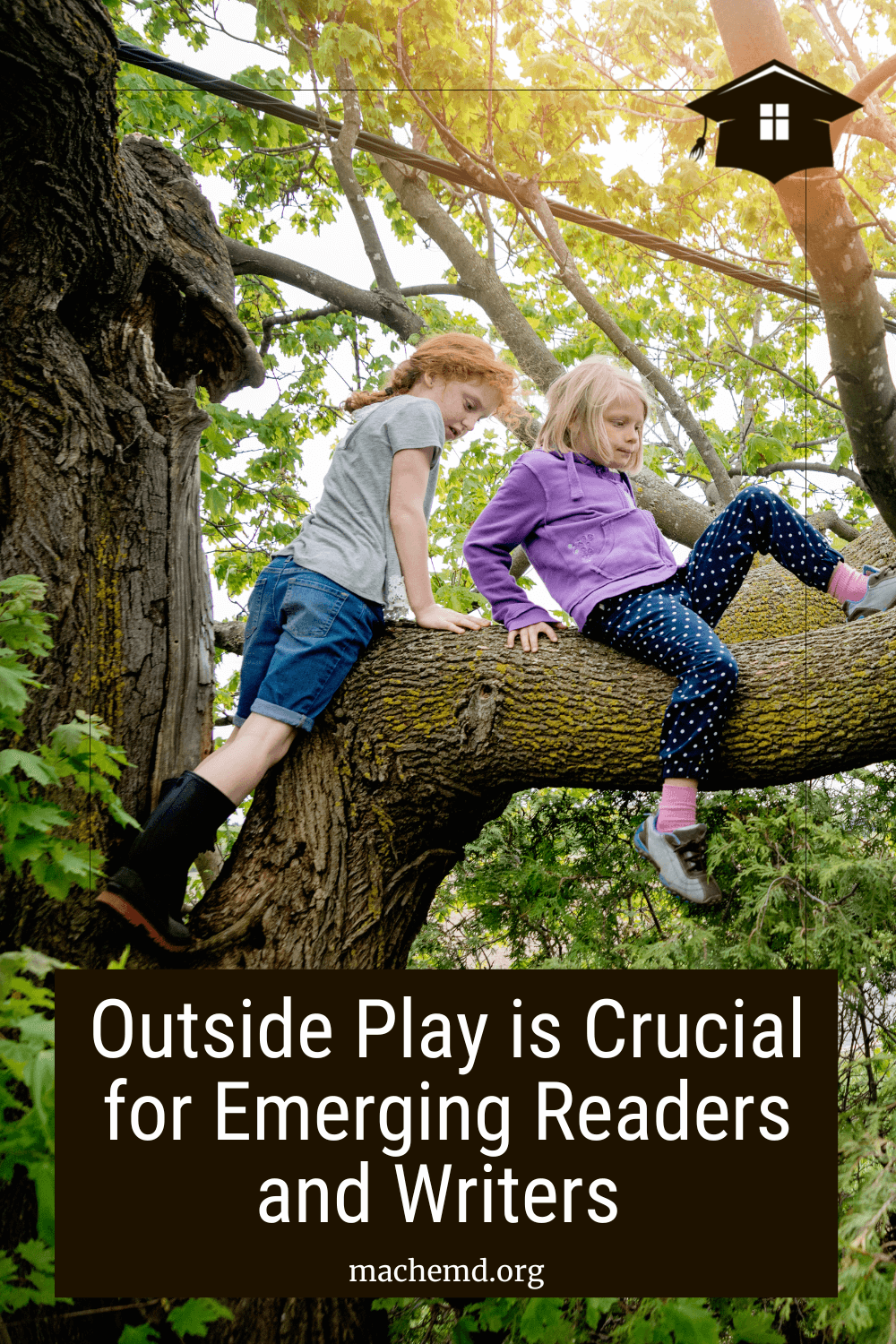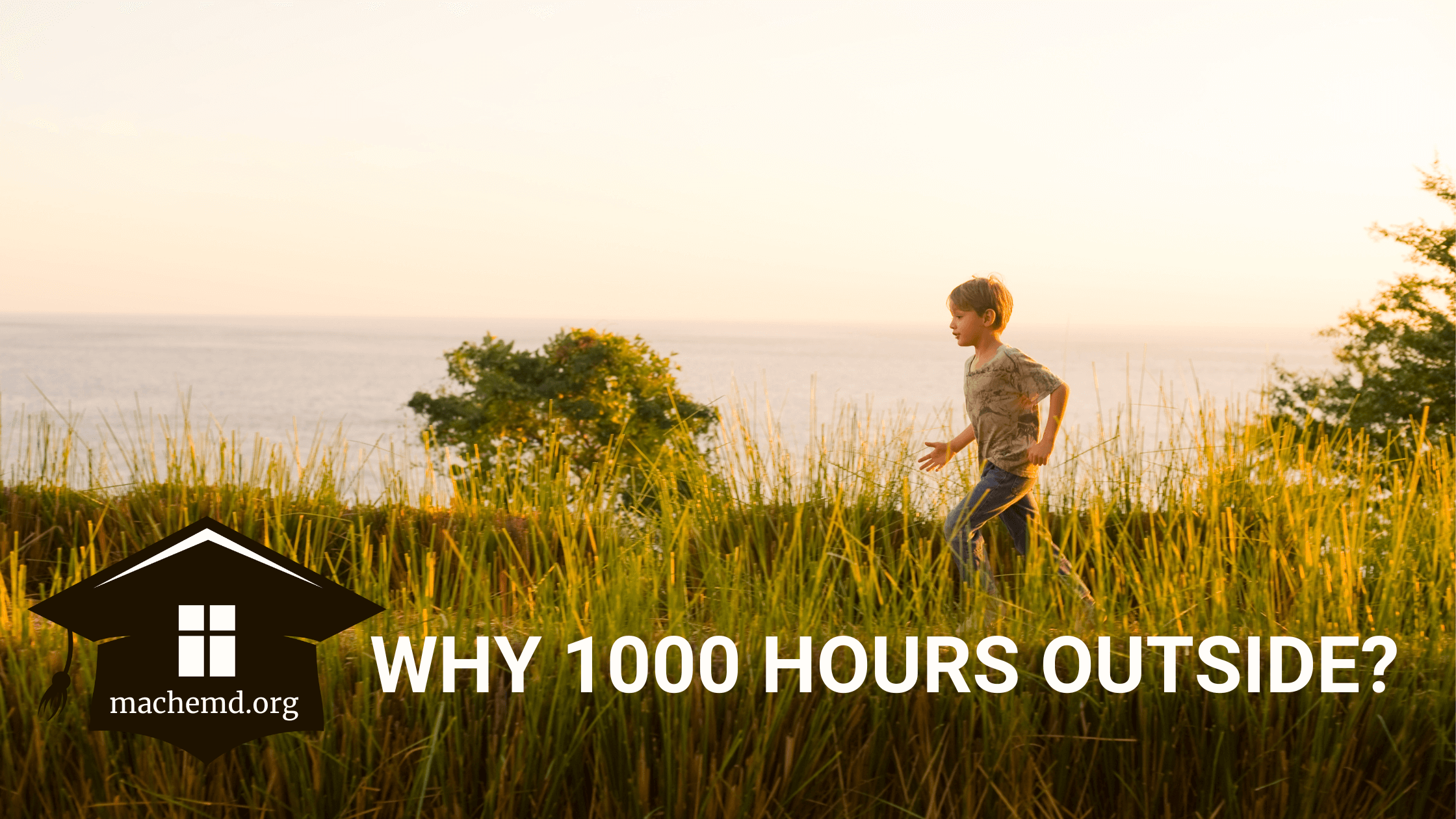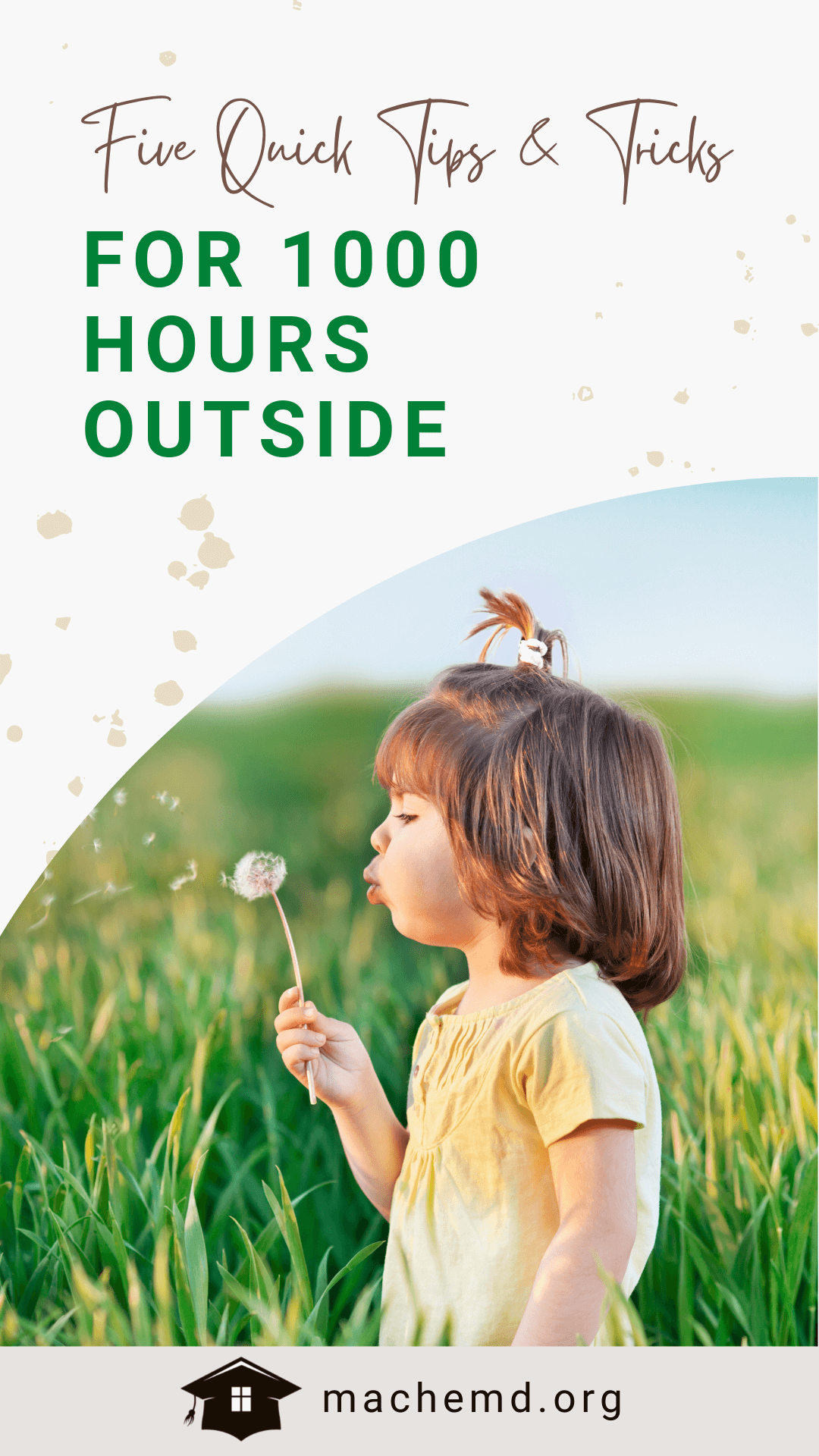
Outside Play is Crucial for Emerging Readers and Writers
A child who becomes a prolific reader and writer will be set-up for lifelong success. We are a homeschooling family, so we’ve had a front row seat to watch the emerging literacy with our oldest children.
Early on, we were influenced by many different writings, studies and philosophies as it pertained to the significant skills of learning to read and to write. Today in American public schools, reading and writing instruction begins in kindergarten with early literacy skills also being touched on in many preschools. Yet we knew that in Finland, reading instruction didn’t begin until age seven, which would be equivalent to second grade in the states. In the Waldorf schools, reading and writing instruction also begins in second grade and then continues on into the third grade. There is a whimsical transition in the Waldorf schools from spoken word to written language using many stories and illustrations.
A common thread throughout those who choose to wait emphasizes the physical components necessary for young readers. Early childhood is a time to achieve physical mastery of many different types of skills through movement and play. The emergence of the first adult teeth occurs at a time when many of these key skills needed for literacy have been mastered.
An adequate writing posture is needed for emerging writers. This posture begins with core strength and balance. Today, many kids are so movement starved that they are falling out of their desks for no apparent reason at all! The ability to sit still actually begins with movement. Children who engage their bodies in diverse and complex movements develop what is needed for desk sitting.
Additionally, young writers need arm and shoulder strength to hold their hand in the right position. Children naturally allowed outside will gravitate towards monkey bars, tree climbing and load-bearing activities, in turn strengthening these large muscles that will eventually be needed for writing. Play with loose parts and with different natural textures such as sand or mud help fine tune the smaller muscles in the hands and fingers. Years of adequate nature play will help kids ease into the skills required for written word.
Readers need strong eye-muscles for tracking and time in nature helps this happen. On uneven terrain, kids are constantly adjusting their gaze. This begins as early as infancy for babies who are held on hikes. With each step the slight up and down motion forces the eyes to work together, strengthening their ability to track.

Nature engages the eyes with the smallest of insects and with the grandest of mountains. Kids experience a great variety in depth and in color in the great outdoors! Myopia (near-sightedness) is on the rise in children, both in number of cases and severity of cases. The rods and cones of the eyes are still developing in five to nine year olds. They need the light from the sun to help with this development. An increase in outside time during early childhood will significantly decreas the chances of developing myopia.
According to this in-depth study, “an increase of 8.9 hr of time outdoors per week compared with the control or baseline, or an increase of 76 min/day, was needed to obtain a 50% reduction in incident myopia, while an increase of 1 hr/day or 7 hr/week will result in a 45% reduction in incident myopia compared with controls.”
Literacy rates, despite an increase in schooling, have gone down rather than gone up. In early American life, literacy rates were estimated to be about 97%. Today, many write of a literacy crisis. Could it be that we are just pushing these skills too soon without providing adequate time for the physical development needed for literacy?
What I have learned throughout the past decade of outside play is that my kids are developing in untold ways. They are obtaining the skills needed for future success as they jump, run, skip, roll, and tumble.


